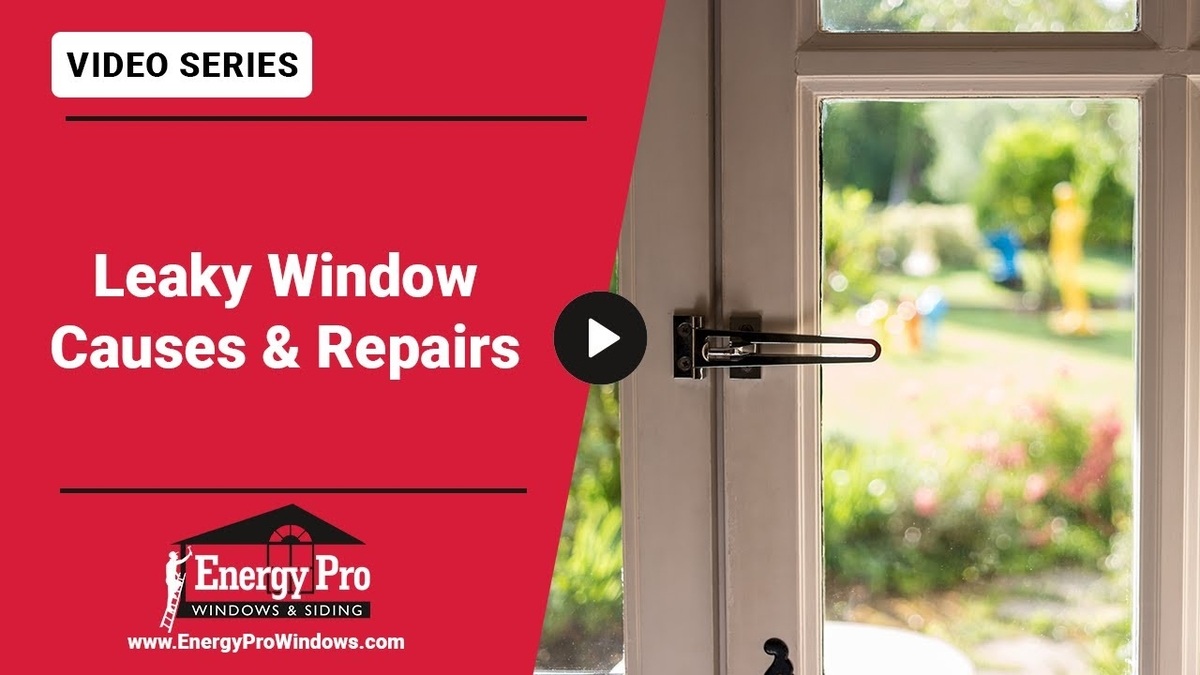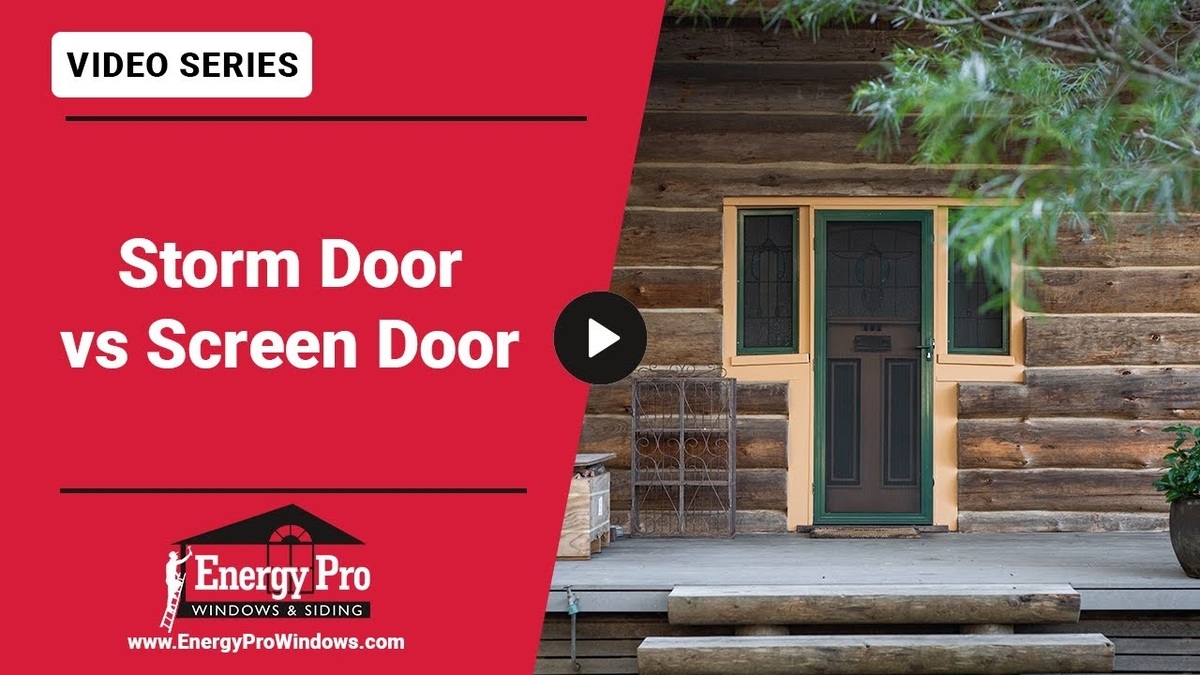When it comes to choosing the right siding for older homes, there are several factors to consider. Older homes present a unique challenge due to variations in construction, wall straightness, stud spacing, and the condition of the nailing structure beneath the siding. In this article, we will explore the best siding options for older homes, taking into account factors like popularity, appearance, longevity, and maintenance.
Main Siding Choices
Generally speaking, there are three main siding choices for older homes: vinyl, concrete fiber, and wood-based products. While steel and aluminum are also options, they are less popular and may not be the best choice for most homeowners. At Energy Pro, we specialize in installing all types of siding, whether it’s for a commercial barndominium or a residential home.
Popularity and Appearance of Siding Options
Among the three main siding choices, vinyl and concrete fiber are the most popular options. Vinyl siding is a common choice for homeowners due to its affordability and versatility. It comes in various styles and colors, making it a popular choice for those looking to enhance the appearance of their older homes.
Concrete fiber siding, such as James Hardie, is another highly popular product. It is well-known for its durability and resistance to harsh weather conditions. The texture and finish of concrete fiber siding can give your home a timeless and elegant look, making it an excellent choice for older homes that need a facelift.
While steel and aluminum siding options are available, they are less favored for older homes due to their appearance. These materials may not provide the aesthetic appeal that vinyl or concrete fiber can offer, and they tend to be more expensive.
Longevity and Maintenance of Siding Options
When it comes to longevity and maintenance, all three main siding choices have their advantages. Vinyl siding can last anywhere from 20 to 40 years, and many companies offer long warranties to protect against fading and color deterioration. Repainting vinyl siding every 10 to 15 years can help keep your home looking fresh and up-to-date.
James Hardie’s concrete fiber siding comes with a 15-year guarantee on its paint and finish. However, in practice, you can expect it to last around 25 years or even longer. The longevity of your siding may vary depending on factors such as sun exposure, but the ability to repaint or change colors easily makes it a flexible choice for older homes.
Wood-Based Siding Products
For those seeking a more rustic or natural appearance, wood-based siding products like Louisiana Pacific (LP) can be an appealing choice. LP products offer real wood textures, beautiful stains, and intricate relief patterns. They are particularly well-suited for homes in a country or lake setting or for those aiming for a log cabin aesthetic.
However, it’s important to note that wood-based products, including LP, are susceptible to weather damage, primarily water. To ensure the longevity of wood siding, it’s crucial to take extra steps during installation to properly wrap the house and provide adequate water drainage. The good news is that LP now offers warranties ranging from 35 to 50 years on their wood products and finish, making it a durable choice if installed correctly.
Conclusion
When it comes to choosing the best siding options for older homes, it’s crucial to consider factors like popularity, appearance, longevity, and maintenance. Among the top choices, vinyl and concrete fiber stand out for their versatility and durability. However, if you’re aiming for a more natural and rustic aesthetic, wood-based products like LP can be an excellent option, provided you take the necessary installation precautions.
To discover the perfect siding solution for your older home, don’t hesitate to contact us at Energy Pro for expert guidance and professional installation services.



